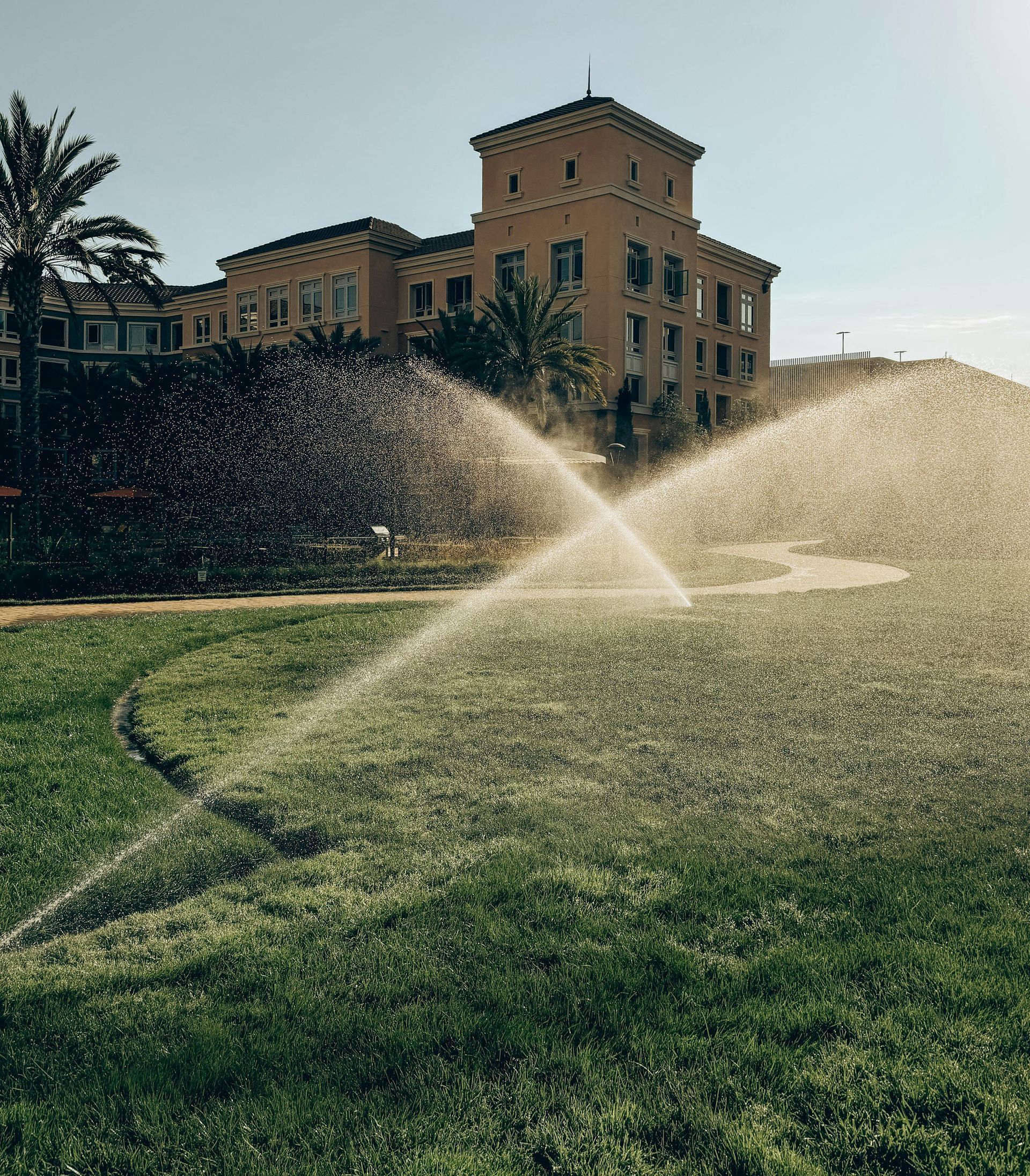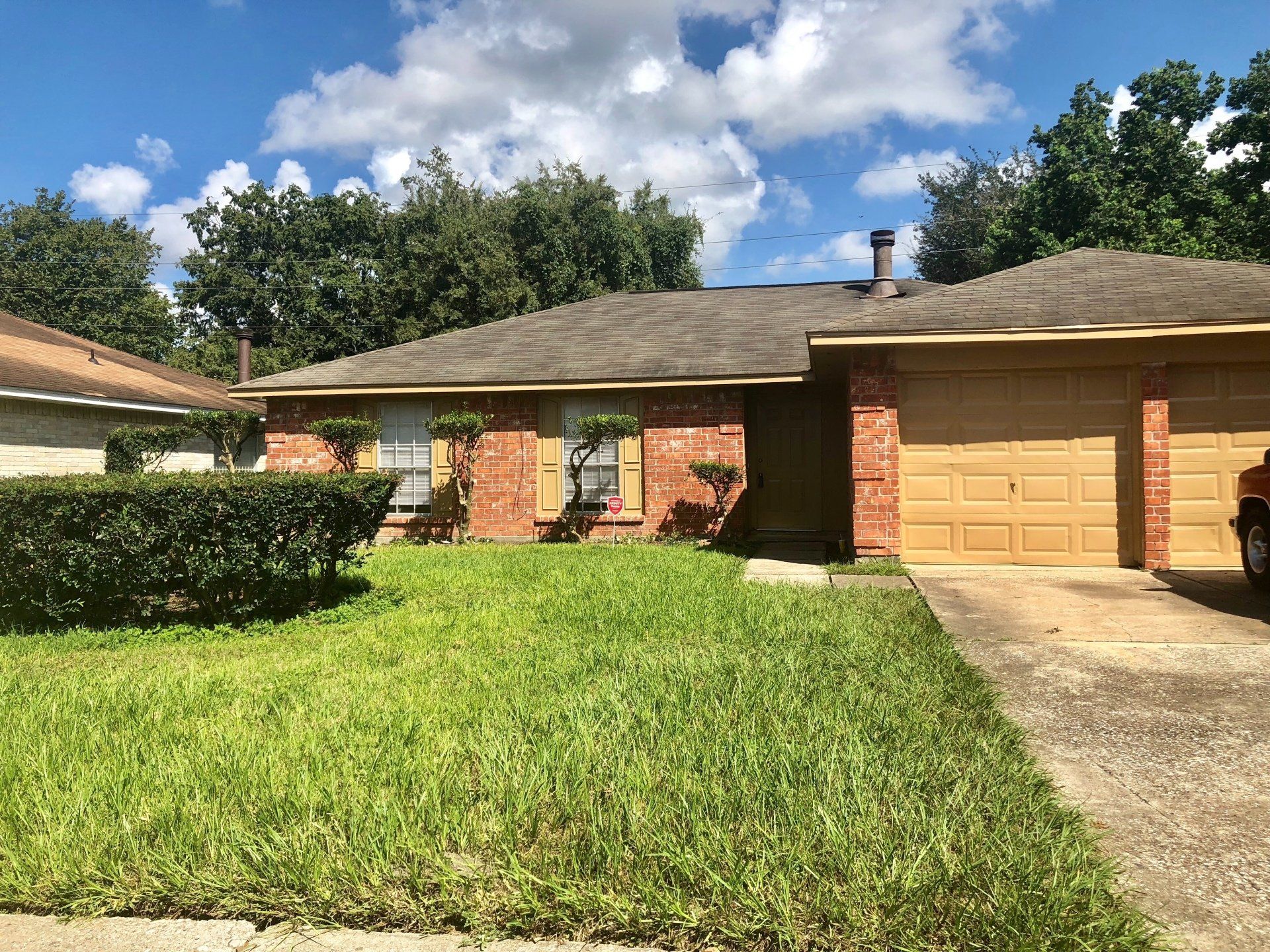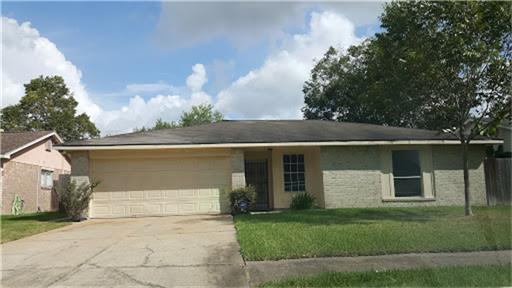Winter Lawn Watering Schedule for HOAs
Tips for Water Conservation and Cost Savings

As cooler weather settles in across Houston, many homeowners associations (HOAs) are looking for ways to conserve water, reduce utility costs, and maintain the health of the community’s landscapes. One of the most effective measures for achieving these goals is adjusting the lawn watering schedule during the winter months. From November 1 to February 28, the weather allows for a significant reduction in irrigation frequency, providing an excellent opportunity for HOAs to take advantage of this period of lower water needs.
Why Reduce Lawn Watering in Winter?
Cooler, wetter weather means lawns need less water, helping conserve valuable water resources and supporting the city’s water conservation efforts. Cutting back on watering reduces water consumption, leading to lower utility costs, especially for HOAs with large landscapes. Less frequent watering prevents overwatering, which can cause issues like root rot and fungal growth, promoting healthier, long-lasting lawns and also helps minimize runoff and eases the strain on local water systems, demonstrating the HOA’s commitment to sustainability and appealing to environmentally-conscious residents.
How to Implement a Reduced Watering Schedule?
Understand the Local Watering Regulations
In Houston, from
November 1 through February 28, irrigation systems should be run only
once every 2 to 3 weeks. This aligns with the city’s recommendation for efficient water use during the cooler months when rainfall is more frequent, and grass requires less moisture. Be sure to review the city’s specific water conservation guidelines, as well as any local regulations or HOA-specific rules, to ensure compliance.
Optimal Timing
Water early in the morning or late in the evening to reduce evaporation and ensure the lawn absorbs as much water as possible. If possible, adjust sprinklers to only water the lawn (avoid sidewalks, driveways, or street runoff) to increase efficiency.
Communicate with Residents
It’s important to inform about the changes in the watering schedule. A clear communication plan should be put in place to notify homeowners of the reduced irrigation schedule. Use HOA newsletters, email updates, or community meetings to explain the reasoning behind the adjustment and how it will help conserve water, reduce costs, and maintain the landscape's health.
Monitor Weather Conditions
Even with a reduced watering schedule, it's important to monitor weather conditions. If the winter is particularly dry and there are extended periods without rain, the HOA may need to adjust the watering schedule to meet the needs of the community's landscape. Conversely, if there's an unusually wet period, further reduction in watering can be considered.
Inspect and Maintain Irrigation Systems
With a reduced watering schedule, it’s a good time to perform routine maintenance on the irrigation system. Check for any broken sprinkler heads, leaks, or clogs in the system, and ensure that the sprinklers are properly calibrated to prevent over-watering or uneven coverage. A well-maintained irrigation system ensures that water is used efficiently.
Incorporate Smart Irrigation Systems
For HOAs looking to take water conservation to the next level, consider upgrading to
smart irrigation systems. These systems adjust watering schedules based on real-time weather conditions, ensuring that your landscaping gets the exact amount of water it needs, no more and no less. Many smart irrigation systems can be controlled remotely and provide data on water usage, which helps HOAs track conservation efforts and make adjustments as necessary.
By adjusting irrigation schedules to only every 2 to 3 weeks during winter, HOAs can maintain healthy, sustainable landscapes while saving money and contributing to water conservation efforts.









